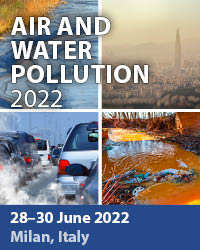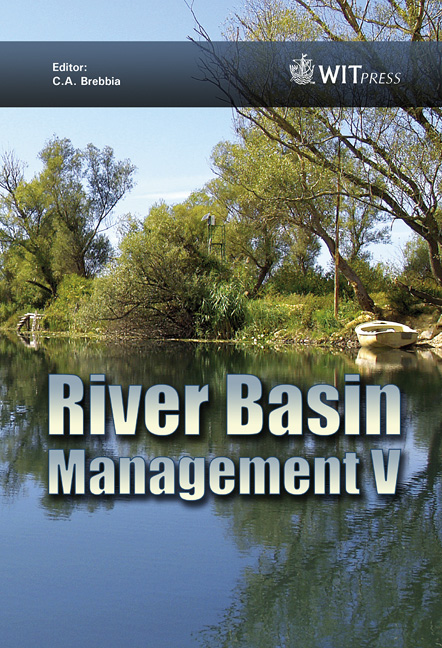Rainfall Trend Analysis Of Sydney’s Drinking Water Catchments
Price
Free (open access)
Transaction
Volume
124
Pages
12
Page Range
25 - 36
Published
2009
Size
1,956 kb
Paper DOI
10.2495/RM090031
Copyright
WIT Press
Author(s)
S. Shrestha, S. Riley & L. Thomas
Abstract
The Warragamba catchment, which supplies about 80% of Greater Sydney’s drinking water, reached an all time low of 32.4% in February 2007. Questions were raised about the adequacy of the water infrastructure to meet the water needs of Sydney and whether the reduction in storage was a result of decreasing rainfall trend in the region. This paper attempts to answer these questions by investigating the long-term rainfall pattern in the Warragamba catchment area and investigates the seasonal and annual changes in rainfall patterns. Statistical analysis of available rainfall data indicates a trend of decreasing rainfall of 2.52mm/year between the period of 1945 and 1998 whereas between 1890 and 2003, a linear increasing trend of 0.32mm/year was observed. Three substantial drought periods have occurred over the study period. These periods were identified as 1901-1910, 1939-1948 and 2000-2006. Out of these, the 1901-1910 drought was the most severe one, followed by the 1939-1948 drought. The most recent drought (2000-2006) was the least severe among the three recorded. However, it is the only drought of significant duration that has occurred since the completion of construction of Warragamba Dam in 1960. Keywords: Warragamba, rainfall trend, breakpoint analysis.
Keywords
Warragamba, rainfall trend, breakpoint analysis





